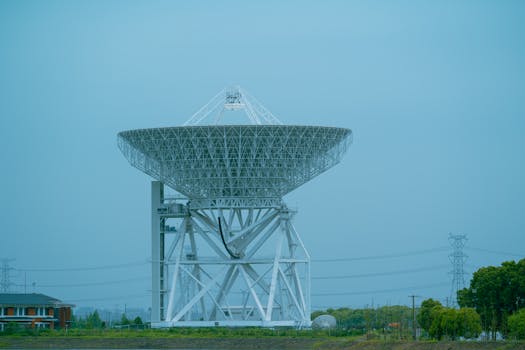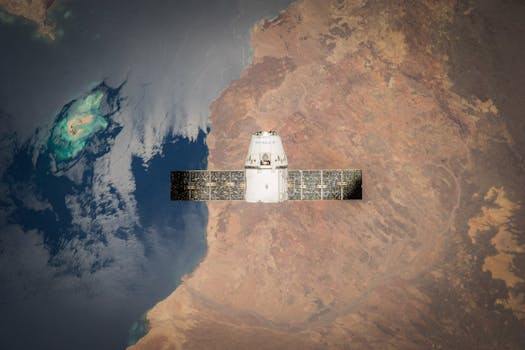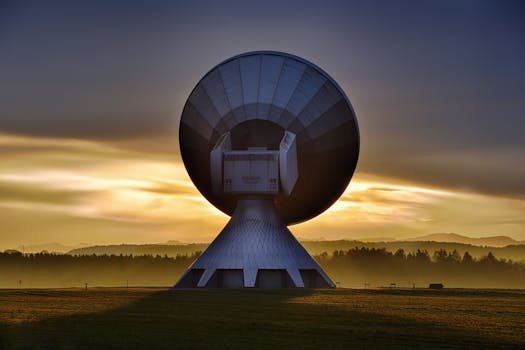2023 in Review: Major Milestones in Satellite Telecommunications Technology

2023 in Review: Major Milestones in Satellite Telecommunications Technology
Satellite Telecommunications Technology

The year 2023 was a remarkable year for satellite telecommunications technology, with several major milestones achieved in the field. Satellite telecommunications technology has revolutionized the way we communicate, enabling global connectivity and facilitating the exchange of information across the globe. At the beginning of 2023, the satellite telecommunications industry was poised for significant growth, driven by increasing demand for satellite-based services and the emergence of new technologies.
One of the major milestones achieved in 2023 was the launch of several new satellite constellations, including the OneWeb and Amazon Kuiper Systems constellations. These constellations are designed to provide high-speed, low-latency internet connectivity to remote and underserved communities around the world. The launch of these constellations marked a significant step forward in the development of satellite telecommunications technology, enabling the provision of high-quality, reliable, and affordable internet services to millions of people worldwide.
Advances in Satellite Technology

In addition to the launch of new satellite constellations, 2023 also saw significant advances in satellite technology. One of the major developments was the introduction of new satellite designs, such as the use of phased arrays and digital payloads. These new designs enable satellites to operate more efficiently and effectively, providing higher-capacity and more flexible services. For example, the use of phased arrays allows satellites to steer beams electronically, enabling the provision of higher-gain and more directional signals.
Another significant development in 2023 was the increasing use of artificial intelligence (AI) and machine learning (ML) in satellite telecommunications. AI and ML are being used to optimize satellite operations, improve network performance, and enhance customer experience. For instance, AI-powered systems can predict and prevent satellite outages, reducing downtime and improving overall network reliability.
Regulatory Developments

The year 2023 also saw significant regulatory developments in the satellite telecommunications industry. One of the major milestones was the adoption of new regulations by the Federal Communications Commission (FCC) in the United States, aimed at promoting the development of satellite telecommunications services. The new regulations provide a framework for the licensing and operation of satellite constellations, facilitating the deployment of new satellite-based services.
In conclusion, 2023 was a remarkable year for satellite telecommunications technology, with numerous milestones achieved in the field. The launch of new satellite constellations, advances in satellite technology, and regulatory developments all contributed to the growth and development of the industry. As we look to the future, it is clear that satellite telecommunications technology will continue to play a vital role in shaping the global communications landscape.
Future Outlook

Looking ahead to the future, the satellite telecommunications industry is expected to continue growing, driven by increasing demand for satellite-based services and the emergence of new technologies. One of the major trends expected to shape the industry in the coming years is the increasing use of 5G and 6G technologies in satellite communications. These new technologies will enable the provision of even faster and more reliable services, further expanding the reach and capabilities of satellite telecommunications.
Another significant trend expected to impact the industry is the growing importance of sustainability and environmental considerations. As the satellite telecommunications industry continues to grow, there will be an increasing need to address the environmental impact of satellite operations, such as the mitigation of space debris and the reduction of energy consumption.
Overall, the future of satellite telecommunications technology looks bright, with numerous opportunities and challenges on the horizon. As the industry continues to evolve and grow, it is clear that satellite telecommunications technology will remain a vital component of the global communications landscape, enabling connectivity, facilitating commerce, and transforming the way we live and work.
See more:






